M K Junayed P.
See all reviews
Developing your knowledge about MLOps concepts and how to build fully automated MLOps pipelines
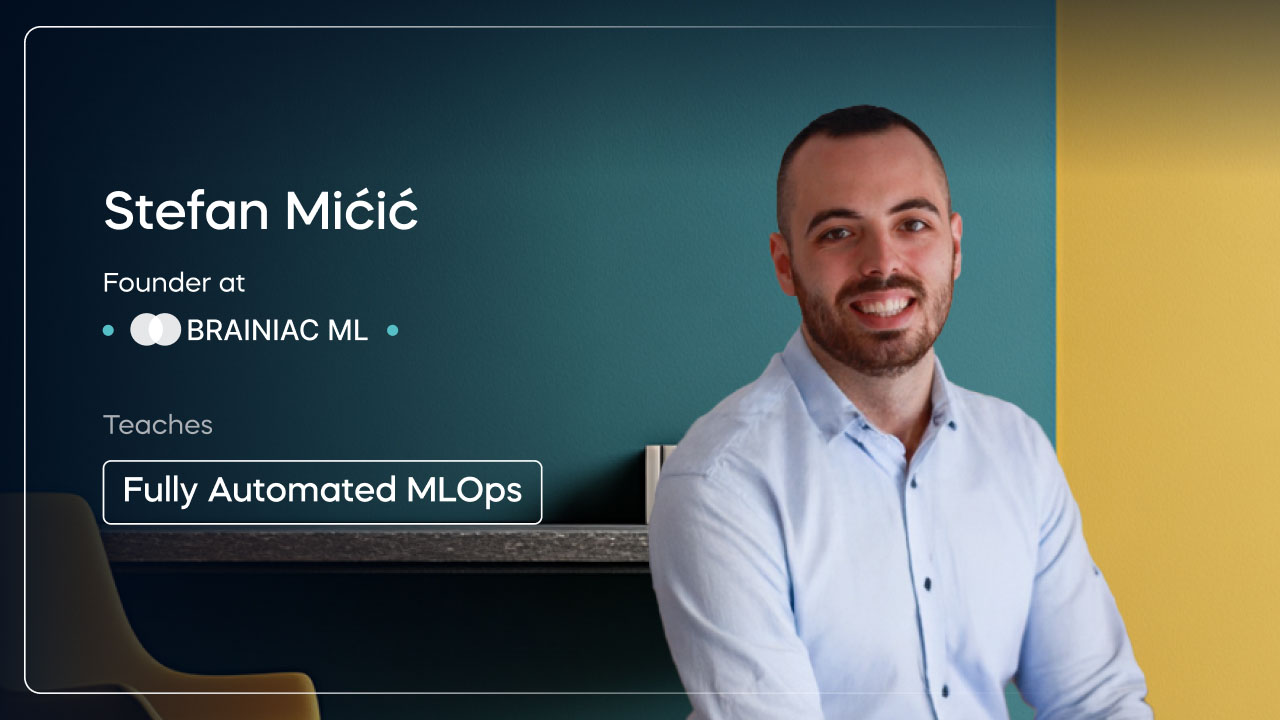
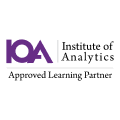
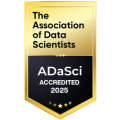
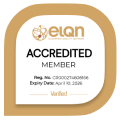

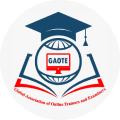
Skill level:
Duration:
CPE credits:
Accredited

Bringing real-world expertise from leading global companies
Master's degree, Artificial Intelligence
Description
In this course, we will explore the world of MLOps (Machine Learning Operations) and dive deep into the best practices for building and managing robust, scalable, and automated machine learning pipelines. As machine learning models become more sophisticated and critical to business success, organizations are realizing the importance of operationalizing ML workflows to ensure reliability, repeatability, and maintainability. MLOps bridges the gap between data science and IT operations, enabling faster and more efficient deployment of ML solutions.
We begin with an introduction to MLOps, where you will learn the principles, challenges, and benefits of applying DevOps methodologies to machine learning systems. From there, we move into Automated MLOps, covering the complete pipeline from data ingestion, data validation, and feature engineering to model training, evaluation, and versioning. You’ll understand how to automate the entire ML lifecycle using pipelines that minimize manual intervention while maintaining transparency and control.
Next, we cover deployment strategies including batch inference, real-time APIs, and edge deployment. We’ll discuss different deployment environments such as on-premise servers, cloud platforms, and hybrid setups, highlighting the trade-offs and considerations for each.
The course then shifts focus to monitoring models in production, detecting data and concept drift, and implementing automated retraining mechanisms to ensure models remain accurate and relevant over time. You will learn how to set up alerts, metrics, and dashboards for continuous model health tracking.
We’ll also explore key MLOps tools like MLflow, Kubeflow, TFX, and others that are shaping the industry standard for ML workflow automation and governance.
To solidify your understanding, the course concludes with two real-world use cases where you'll apply the concepts learned to build end-to-end automated MLOps pipelines, from raw data to production-ready and self-healing ML systems.
Curriculum
Learn how the MLOps evolved and what are some benefits and challenges
Learn how the MLOps evolved and what are some benefits and challenges
You will learn:
You will learn:
What are some advanced components of MLOps pipelines after the models is running in production? You will learn about Monitoring, Drifts and Retraining strategies.
What are some advanced components of MLOps pipelines after the models is running in production? You will learn about Monitoring, Drifts and Retraining strategies.
We will cover, on a high level, the mainly used cloud providers and tools that can help you to create fully automated MLOps pipeline
We will cover, on a high level, the mainly used cloud providers and tools that can help you to create fully automated MLOps pipeline
I will walk you through a couple of real world case studies that I had the experience to be the part of.
I will walk you through a couple of real world case studies that I had the experience to be the part of.
Let's sum up!
Let's sum up!
Free lessons

1.1 Hello!
1 min

1.2 Course Introduction
3 min
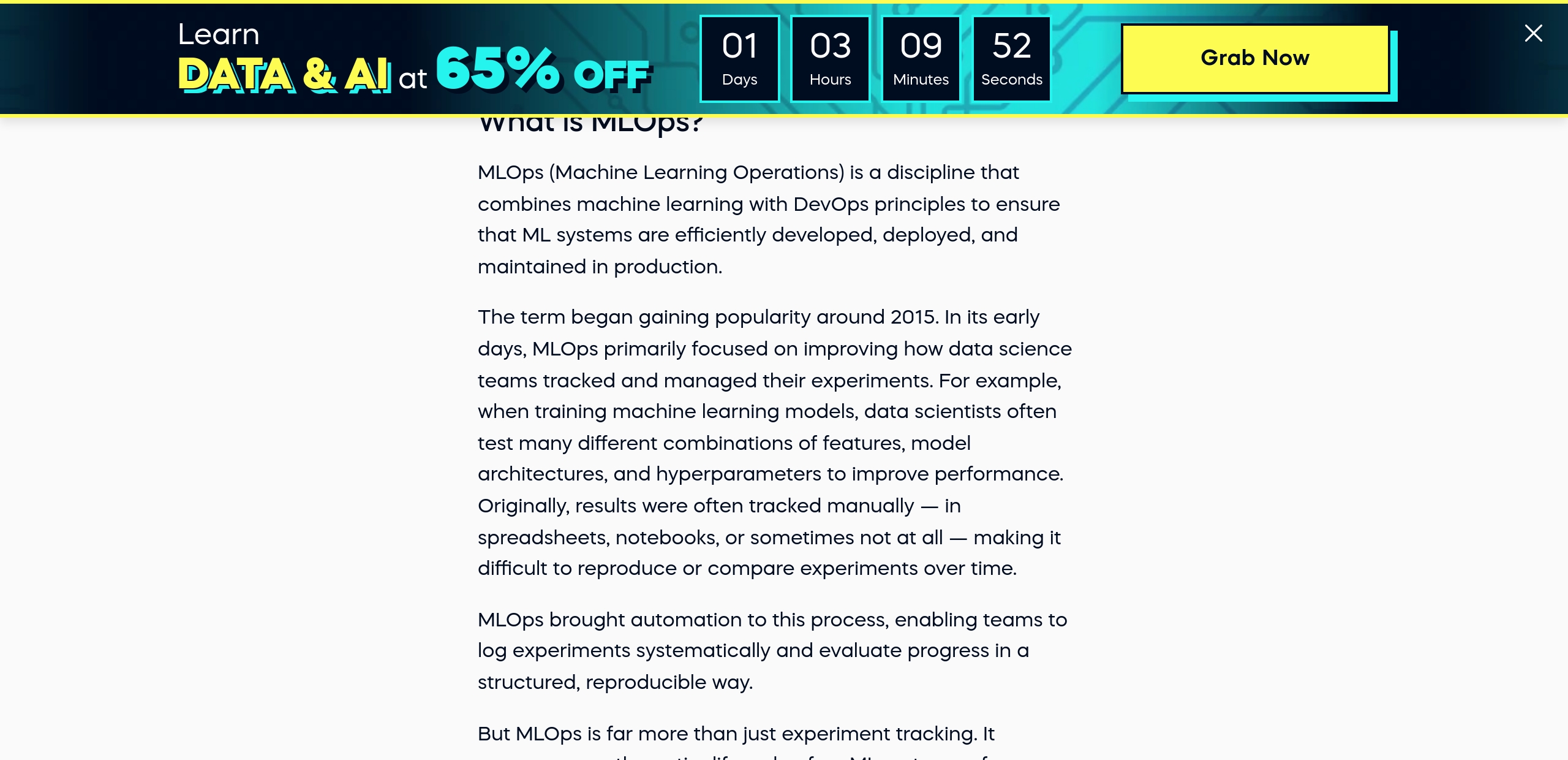
1.3 MLOps 101
3 min

2.1 What is Fully Automated MLOps?
3 min

2.2 The Evolution of MLOps: From Manual to Automated Pipelines
5 min

2.3 Benefits and Challenges of Automation in MLOps
3 min
9 in 10
people walk away career-ready
$29,000
average salary increase
96%
of our students recommend
ACCREDITED certificates
Craft a resume and LinkedIn profile you’re proud of—featuring certificates recognized by leading global
institutions.
Earn CPE-accredited credentials that showcase your dedication, growth, and essential skills—the qualities
employers value most.





Certificates are included with the Self-Study learning plan.
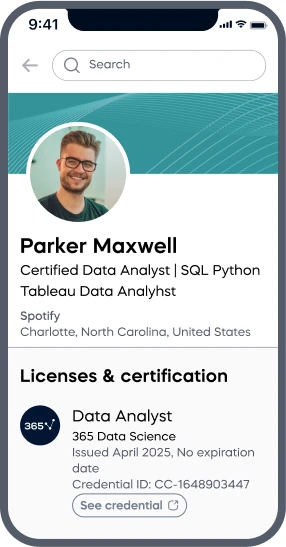
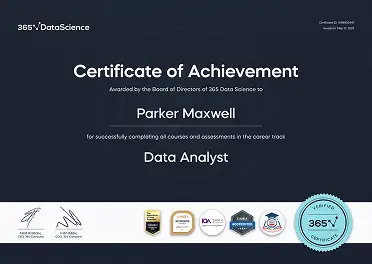
How it WORKS